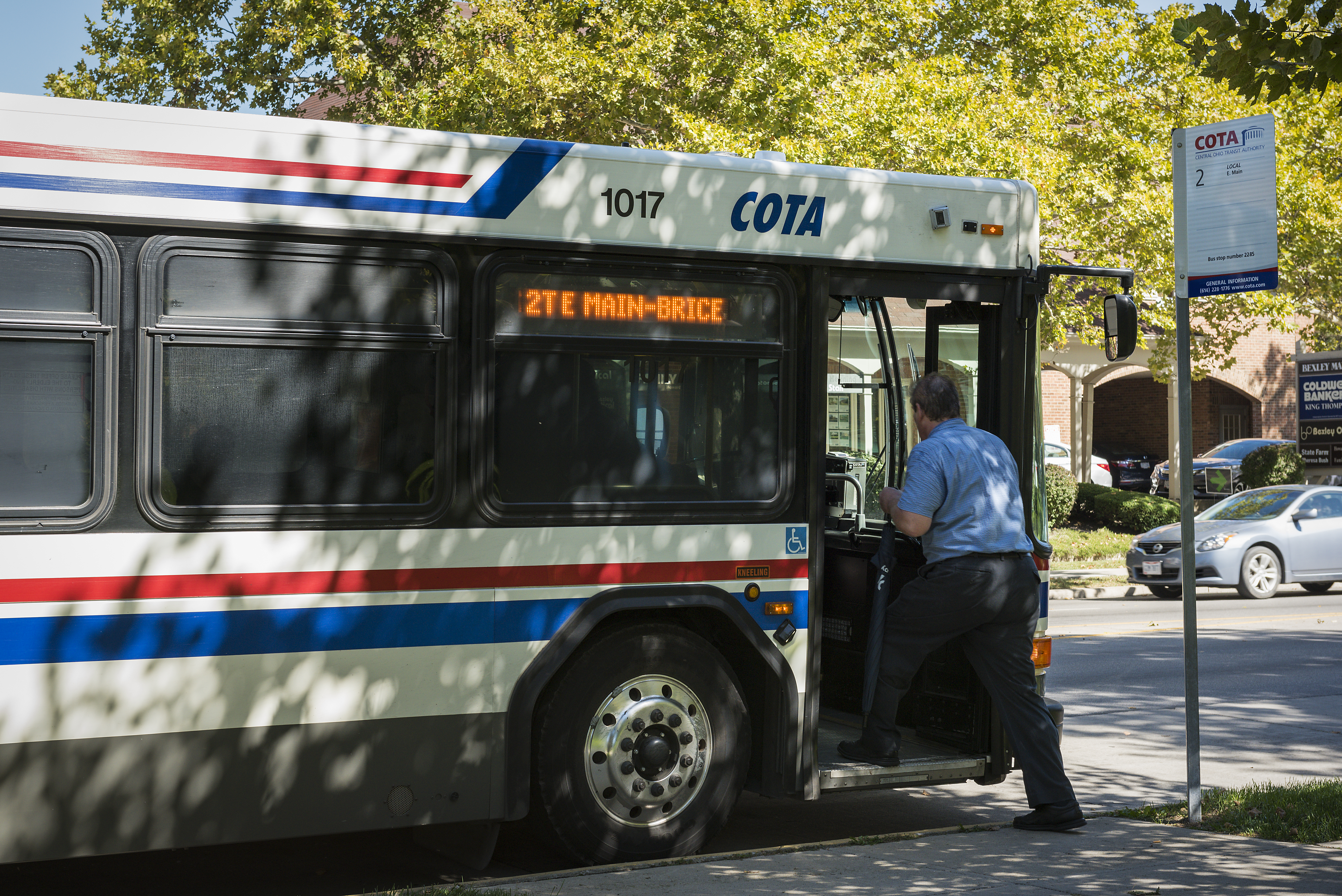The raised parking fee of $125 has deterred some students from buying passes, opening up more spots for people to park in closer proximity. However, the finance department of Capital University has greater solutions in mind than just continually raising the price of the passes.
Mary Ellen Borchers, director of business services, and Mike Horan, vice president of business and finance, discussed future plans for student parking in regards to paving more lots closer to the school and doing away with the O Lot altogether.
When it comes to the price of parking passes, officials talked about the fact that it had not risen for several years until now, and that it is being raised mainly to keep up with the prices offered by similar schools.
Bexley is fairly landlocked, making it difficult to create new parking spaces. Other businesses in city like the new Giant Eagle Market District struggle with limited parking. More parking could be included in the Commons area, but surveys of students show that most of them don’t want to park that far away from the main campus area.
Horan indicated that the department has discussed this issue with the city many times, and they hope to get a new parking area paved in the near future. A new paved lot would cost anywhere from $15,000 to $18,000 per space, so the matter requires a budgeting process.
“We’ve talked to the city about doing joint parking with them and some developers,” Horan said. “We’re looking at a number of different ways to figure out the parking issues on campus.”
The university has also enlisted the help of landscape designers to offer their opinion on the best location for additional parking.
Long term, the university hopes to pave another lot and get rid of the O Lot. Shuttling to the O Lot has been inefficient for the university and students alike, as it has inconvenient hours and requires a shuttle driver six days a week.

“For me, that would be one of my biggest priorities—to get rid of the shuttle and move those cars closer to campus,” said Horan.
While these changes may be implemented, parking remains an issue that some officials have different methods of approaching. The mayor of Bexley sees the city as more of a college town, where students simply walk anywhere they need to go and don’t need to keep their cars on campus. This idea has been encouraged with the introduction of the COTA bus program and Car2Go on campus.
Capital is billed on a per-ride basis for COTA, and the last report showed that there were 280 COTA bus rides by Capital students within a 10-day period. With this new program, students can ride free by swiping their student IDs. COTA transports to the Short North, Easton Mall, and other areas in and around Columbus.
“We’re hoping this is an enhancement for students, giving them wider access to the city without necessarily needing a car,” Borchers said.
The Car2Go program has also been used by students. The university receives no revenue from Car2Go, but the finance department thought it would be a convenient form of transportation. This car sharing program charges $0.32 per minute, $10 per hour or $50 per day in the city of Columbus.

While these resources are useful, many students still prefer the convenience of having their own cars to come and go as they please. Many think that COTA takes too long to get to certain destinations, and that Car2Go isn’t very practical with pricing.
The department advocates that they are open to feedback on what could be better for student transportation. While some changes will definitely be implemented, the direction of plans for parking will always take into account what students prefer.
“There’s feedback from the student body and student government, and we’re always open to hearing what that is,” Borchers said. “There’s always ways to make the supply and demand meet a little closer.”

